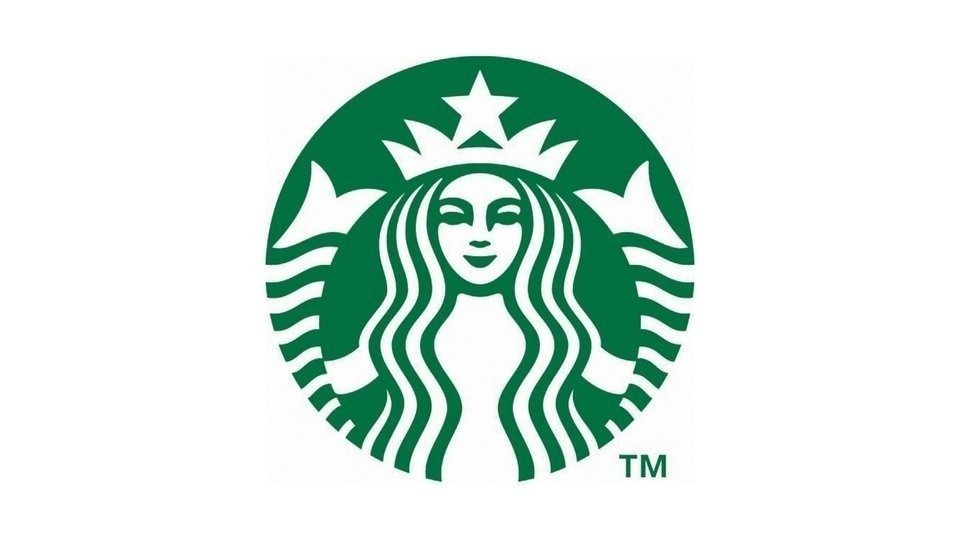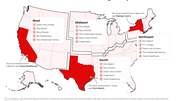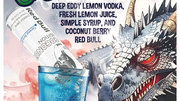Operations
Why closing pickup-only stores is not a 'retreat' for Starbucks
The company recognized that convenience without connection risks eroding the brand's differentiated value and hard-earned loyalty. By 2026, all 80 to 90 pickup-only locations will either close or be converted into full-service cafés, signaling a return to the brand's iconic roots.

October 22, 2025 by Craig Miller — Author, M5 Alliance
In today's hyper-connected marketplace, digital touchpoints are part of the connection that bonds customers to brands, cultivating trust and loyalty over time. But do companies risk undermining customer loyalty when they remove or significantly change these touchpoints? Sometimes, yes — especially when such changes lack strategic clarity.
But not always.
Starbucks recently decided to end its pickup-only concept as part of its "Back to Starbucks" turnaround strategy. The move serves as a reminder that not all touchpoints create lasting value. The company recognized that convenience without connection risks eroding the brand's differentiated value and hard-earned loyalty. By 2026, all 80 to 90 pickup-only locations will either close or be converted into full-service cafés, signaling a return to the brand's iconic roots.
Beyond the transaction: Not just a cup of coffee
Starbucks built an enduring brand not by selling coffee, but by cultivating a feeling. As Howard Schultz famously put it, "We're not in the coffee business serving people; we're in the people business serving coffee." For decades, it has stood as the "third place" —a refuge between home and work. That ethos created loyalists who see Starbucks not merely as a transaction, but as part of their daily ritual.
Think of brand loyalty as a strategic asset that fuels sustained value creation and growth. It's not just about the products themselves, but the confidence customers feel in choosing them. Cultivating loyalty requires continually adapting brand attributes and touchpoints to remain trusted and relevant as consumer expectations and competition evolve.
In restaurants, loyalty means guests consistently choose one brand or location over competitors — not simply because of price or convenience, but because they are driven by differentiated experiences, distinct value and an emotional connection. This emotional bond fosters an ongoing relationship with the brand, driving repeat visits, higher spending and positive word-of-mouth.
As loyalty strengthens, customers engage with brand touchpoints in deeper, more meaningful ways, shifting from transactional interactions to a relational mindset. This behavioral shift fuels advocacy, lowers the cost of customer acquisition and creates a competitive advantage.
But here is the paradox: Loyalty can flourish through more customer touchpoints only when they enrich the experience. Quality must outweigh quantity, and cohesion must triumph over clutter. Otherwise, those extra touchpoints can erode the brand's equity.
Like stepping stones along a winding river, touchpoints guide customers along their journey, shaping the path before, during and after a purchase. When human and digital touchpoints blend seamlessly, the experience flows smoothly. When they are fragmented or cluttered, the journey becomes confusing. Collectively, these moments of contact form a value chain that shapes customer relationships with a brand.
The bottom line: Touchpoints spark interactions. Interactions shape experiences. And experiences either fuel — or suppress — loyalty and sales.
Furthermore, when experiences are differentiated and difficult for rivals to replicate, they amplify the brand's competitive advantage. Without it, loyalty is fragile, vulnerable to discounting and rival offerings. Loyalty flourishes not by blending in, but by standing apart, where differentiation widens the moat that secures customers and protects pricing power.
At Sonic, journey mapping analysis helped to chart and delineate where, and how, customer touchpoints could either delight or disappoint. We identified opportunities to add, remove or alter touchpoints — eliminating barriers and easing friction. By augmenting our media networks with integrated digital channels, we broadened our audience and strengthened engagement. Most importantly, we proved that replacing human moments risks eroding loyalty, but blending digital with human touchpoints could amplify engagement and accelerate sales.
When less Is more
Starbucks' decision to close 90 pickup-only stores is not a retreat; it is a strategic reset. On paper, these urban units promised frictionless convenience, lower capital expenditure and leaner labor. In practice, weak attached rates, high occupancy costs and diluted brand equity dragged down key performance indicators. Worse, they eroded Starbucks' core differentiator—the "Third Place" experience that drives loyalty. High traffic alone could not offset low tickets and compressed dwell time.
Starbucks was right to course-correct by exiting a low-affinity format. Underperforming stores drain capital and dilute brand equity; closures free resources to concentrate demand in high-return-on-investment formats and reinvest in next-generation cafés, drive-thru innovation and integrated digital channels. It's a trade of quantity for quality, store count for market strength, and low-yield churn for high-yield resilience. The payoff is wider margins, deeper loyalty and a sharper competitive edge.
Starbucks' decision underscores a larger reality: Even market leaders can see share erode as new entrants and evolving expectations raise the stakes. The way back is not chasing discounts; it is doubling down on true differentiators. Competitive advantage retains customers, protects margins and restores momentum.
In the end, touchpoints are not just operational levers—they are strategic choices that define how customers experience, value and stay loyal to a brand. The brands that win will be those that adapt with discipline, invest with intent, and design touchpoints that reinforce their true differentiators. When every interaction strengthens connection and amplifies competitive advantage, it becomes the engine of enduring growth.
About Craig Miller
Craig Miller, co-author of Bricks and Clicks: How We Drove Sonic Into the Digital Age, has more than four decades of experience as a technology executive and business strategist. Miller specializes in the development and execution of bold business strategies that harness the power of digital, data, and artificial intelligence to drive top-line growth and bottom-line efficiencies. He has worked with dozens of top-tier brands in retail, hospitality, health & fitness, financial services, food and beverage.












